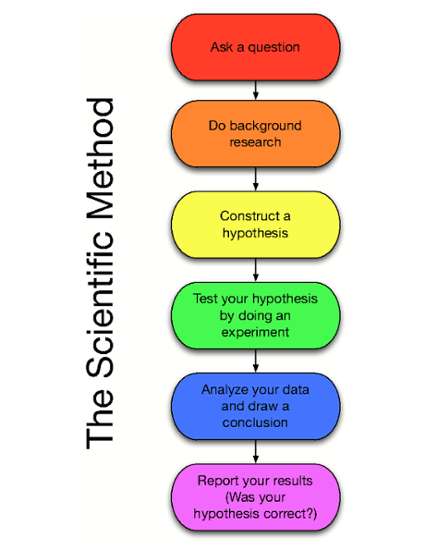- The “gold standard” of proving cause and effect (Beans in window vs closet)
- 2 or more treatments
- Random assignment to treatment
- All else kept the same
- Cause and effect established
- Often very artificial
- Very difficult to do in social science in real world contexts
Quasi-experimental
- A weaker test of cause and effect (Teaching strategy A vs B)
- 2 or more treatments
- Random assignment
- Students choose which class sections to take. Not random choices.
- All else the same
- Other aspects of class might vary. If two professors, they vary in other ways.
Strategies for Quasi-experimental
- Pre-test and Post-test (so same students; look for change. But other things intervening too)
- This semester and last semester (diff students; other things may have changed.)
- Two sections this semester with different methods (Diff students, possibly dynamics)
- Your class vs that of another instructor (many things vary between the two of you)
- ABAB design in one section (Unit 1 uses A; Unit 2 uses B; Unit 3 uses A….)


